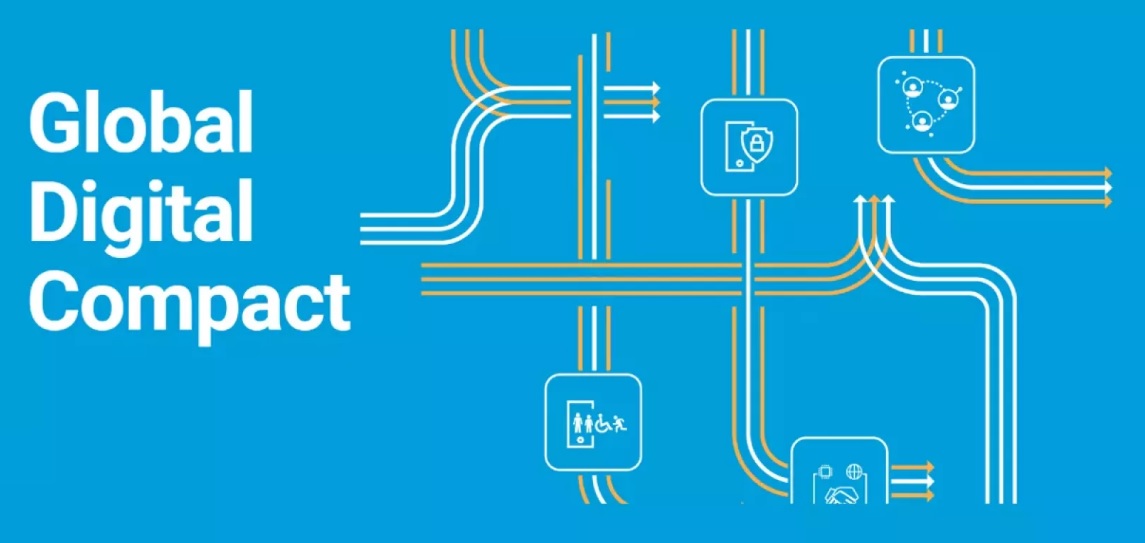On September 22, 2024, during the United Nations Summit of the Future, member states unanimously adopted the “Pact for the Future,” featuring the Global Digital Compact (GDC) as a central component. This landmark agreement aims to foster an inclusive, open, safe, and secure digital future for all, addressing critical issues such as digital equity, human rights in the digital realm, and the governance of emerging technologies like artificial intelligence (AI).
Key Objectives of the Global Digital Compact:
- Closing the Digital Divide: The GDC emphasizes the need for universal digital access by 2030, advocating for investments in digital infrastructure and affordable technologies, particularly in underserved regions.
- Upholding Human Rights Online: The compact calls for the protection of privacy, freedom of expression, and measures against cyberbullying and harassment, urging adherence to the UN Guiding Principles on Business and Human Rights.
- Responsible AI Governance: Recognizing the rapid advancement of AI, the GDC proposes the establishment of an Independent International Scientific Panel on AI to ensure ethical development and equitable benefits from AI technologies.
- Promotion of Open-Source Technologies: The compact highlights the importance of open-source software, data, and AI models as digital public goods, enabling countries to develop tailored digital solutions and fostering global collaboration.
In her address at the Summit, Deemah AlYahya, Secretary-General of the Digital Cooperation Organization (DCO), commended the GDC for its ambitious roadmap toward a fair and secure digital future. She emphasized the multifaceted nature of the digital divide, including gaps in digital intelligence, computing capabilities, gender, and skills. AlYahya also introduced the DCO’s Digital Economy Navigator (DEN), a tool designed to provide detailed insights into digital economy performance across 50 countries, aligning with the GDC’s principles.
